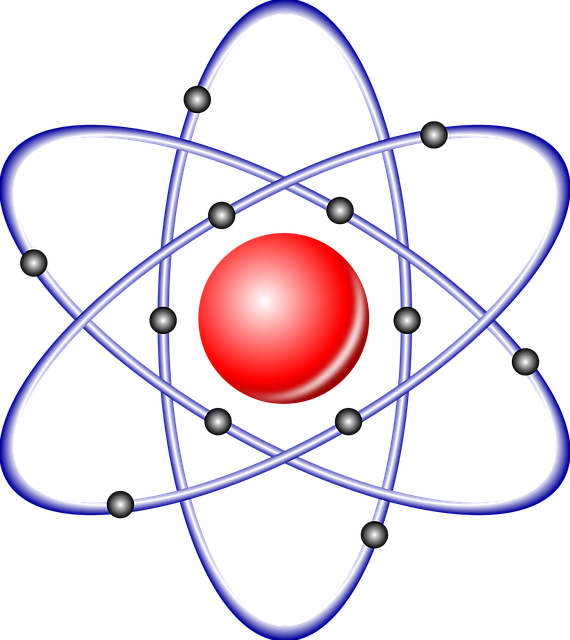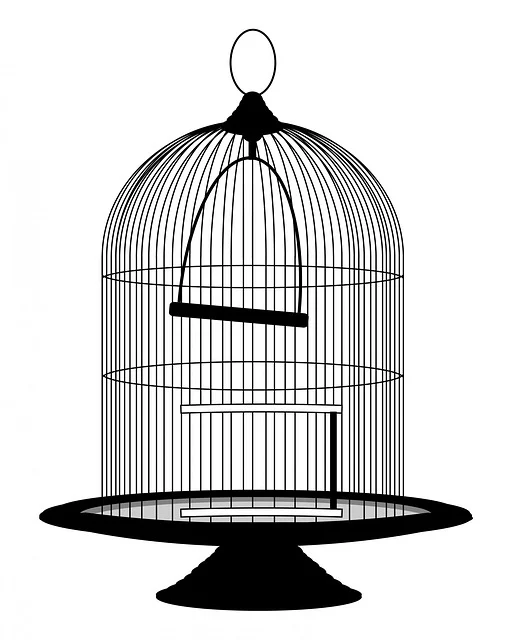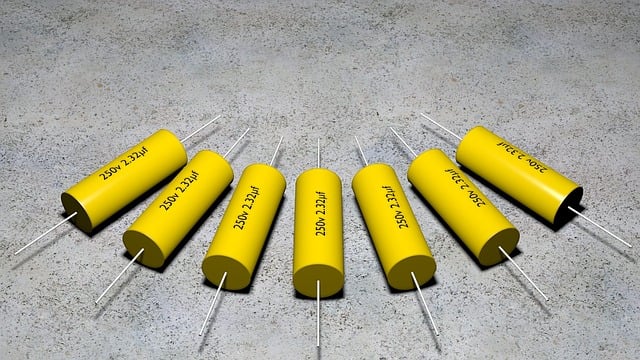One of the most interesting and useful properties of conductors is their ability to collect and redistribute charges.
A hollow conductor, in particular shows a special behaviour that is widely applied in electrostatic shielding, lightning arresters, and several modern electrical devices. This phenomenon is known as the Collecting Action of a Hollow Conductor.
A conductor is a material that allows free movement of electrons. When a conductor is given some electric charge, the free electrons rearrange themselves on its surface in such a way that the electrostatic potential inside the conductor remains constant.

Now, if the conductor is not solid but hollow, its behaviour towards charges becomes even more interesting.
A hollow conductor can be in the form of a spherical shell, a cylindrical shell, or any cavity surrounded by conducting material.
The remarkable fact is that any charge placed inside the hollow cavity has no effect on the charges outside if the cavity is uncharged. Similarly, external charges cannot influence the interior of the hollow conductor. This property is called its collecting action.
Concept of Collecting Action
The collecting action of a hollow conductor means that it collects all external or internal electric effects on its surface and prevents them from penetrating inside.
If a hollow conductor is charged, the charges always reside on its outer surface.
The electric field inside the hollow region of the conductor is zero, regardless of the distribution of charges outside.
Any charge introduced inside the cavity gets induced on the inner surface of the conductor, and an equal amount of opposite charge appears on the outer surface.
Thus, the hollow conductor acts as a collector and regulator of charges, ensuring that the internal region remains protected from external influences.
Theoretical Explanation
This action can be explained with the help of Gauss’s Law.
Case (a): Charge given to a hollow conductor
Suppose a hollow conductor is given some positive charge +Q. According to electrostatics:
The charges will move to the outer surface of the conductor.
Inside the cavity, the electric field remains zero, because a Gaussian surface drawn inside encloses no net charge.
Hence, the hollow space remains unaffected by the charge given.
Case (b): A charge placed inside a hollow conductor
Now, imagine a charge +q is placed inside the cavity of a hollow conductor.
Immediately, an induced charge -q appears on the inner surface of the cavity.
To maintain charge conservation, an equal charge +q appears on the outer surface of the conductor.
As a result, the hollow conductor “collects” the effect of the internal charge, but still ensures that no net field exists in the conductor’s body.
Important Characteristics
Charges reside only on the outer surface – When a conductor is charged, free charges repel each other and settle on the external surface, leaving the interior hollow region field-free.
Field inside is zero – Due to symmetry and Gauss’s law, no electric field can exist inside the cavity, making the region perfectly shielded.
Induction occurs if charges are inside – Any internal charge induces equal and opposite charge on the inner wall, ensuring electrostatic equilibrium.
Acts as a collector – The hollow conductor collects charges from any source, may be external or internal, and redistributes them only on its surfaces.
Applications
Collecting action of hollow conductors is not just theoretical; it has several practical uses:
Electrostatic Shielding
Sensitive instruments are often kept inside a hollow conducting shell to protect them from external electric fields.
Example: In laboratories, Faraday cages are used for shielding delicate electronic experiments.
Faraday Cage
A classic demonstration of collecting action is the Faraday cage.

It is essentially a hollow conductor (like a mesh of metal wires) which shields the inside from external electric disturbances.
Mobile phones lose signal inside such cages because external electromagnetic effects cannot penetrate.
Lightning Conductor
Tall buildings are protected by lightning conductors, which work on the principle of the hollow conductor’s collecting action.
They collect the lightning charges and safely discharge them into the ground.
Capacitors with Hollow Conductors
In designing certain capacitors, hollow conductors are used because they can hold and collect charge effectively while keeping the internal region field-free.
